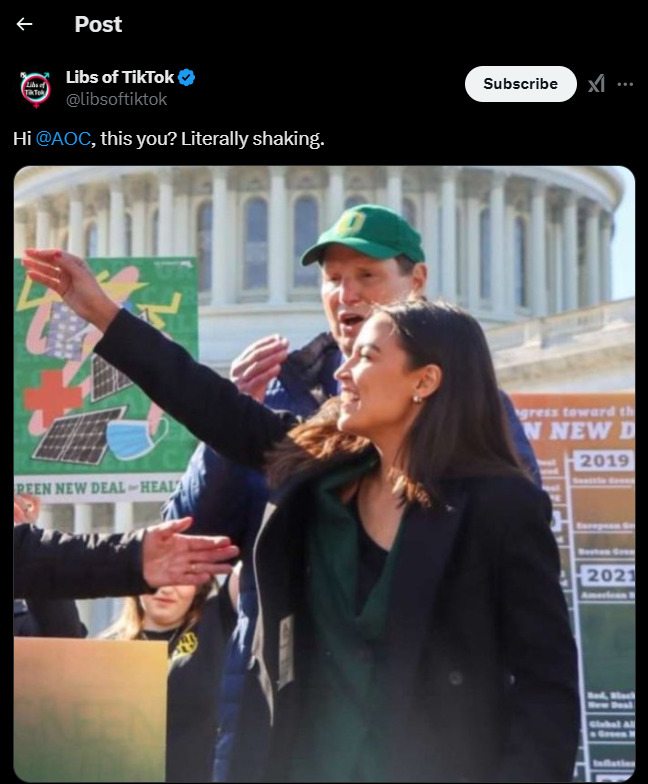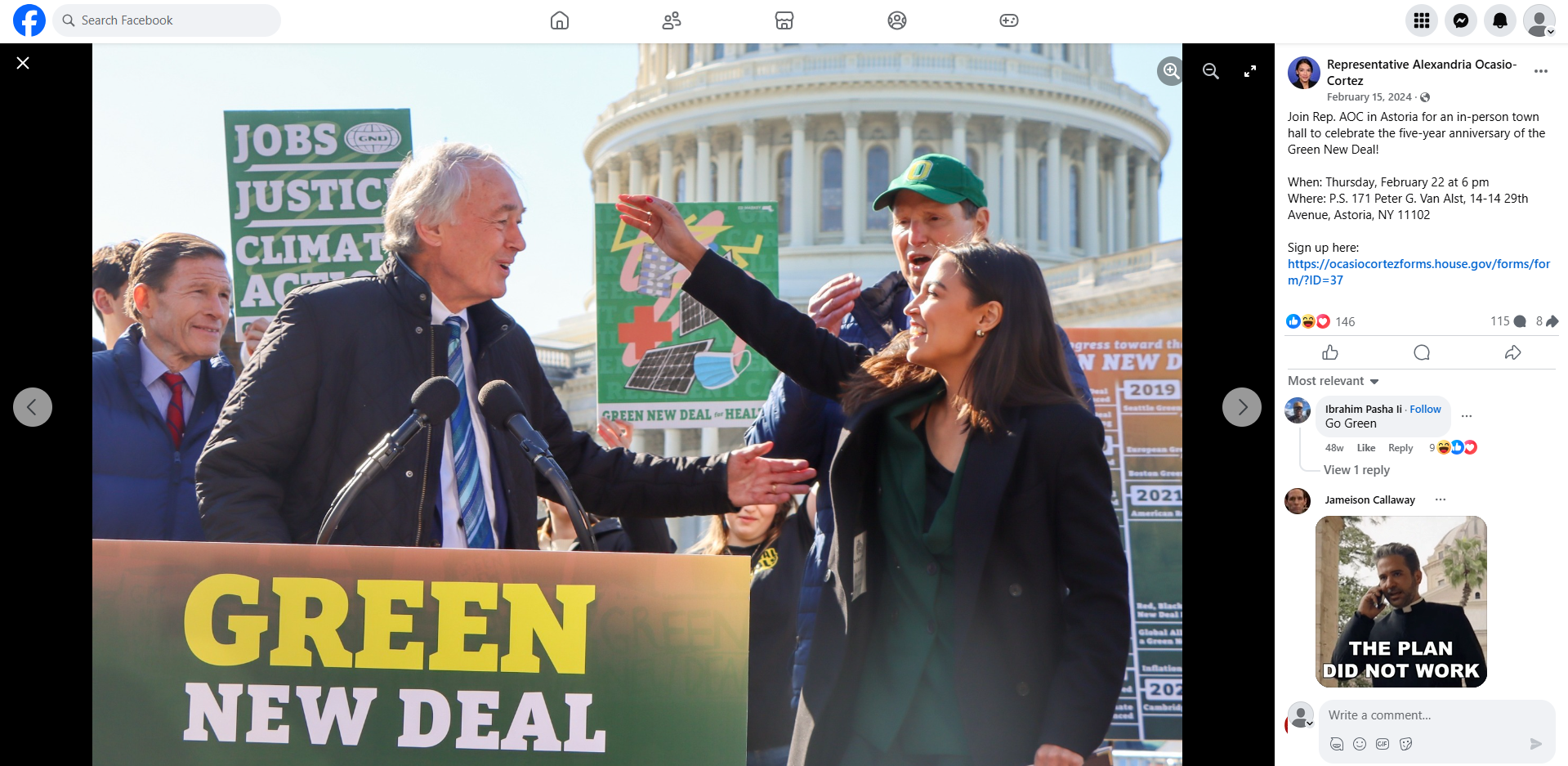Did a simple hand gesture ignite a firestorm of controversy, leading to accusations of a gesture deeply rooted in hate?
The recent online frenzy surrounding a gesture made by Elon Musk at a Capitol One Arena speech highlights the power of perception and the ease with which symbols can be misconstrued in the digital age. This incident, fueled by social media algorithms and the rapid-fire nature of online discourse, underscores a broader issue: the potential for misunderstandings to escalate into significant controversies, particularly when sensitive historical symbols are involved.
The heart of the matter lies in a seemingly innocuous gesture, a pose that was quickly interpreted by some as a "Nazi salute". The incident, which occurred during a speech at the Capitol One Arena, quickly went viral, sparking heated debate and accusations of insensitivity. But how accurate is this interpretation? What context is missing? And what responsibility do individuals and platforms have in ensuring a more nuanced understanding of potentially charged symbols?
The genesis of the "Nazi salute," or "Sieg Heil" salute, is steeped in the history of the Nazi regime. It's a gesture that is synonymous with hate, violence, and the atrocities committed during World War II. The raised right arm, often accompanied by a shouted slogan, became a potent symbol of allegiance to Adolf Hitler and the Nazi party. The association is so strong that the gesture is still widely considered offensive and is even illegal in some countries.
The controversy surrounding Musk's gesture is a stark reminder of the importance of context in interpreting symbols. The rise of social media, while connecting the world, has also created an environment where misinterpretations can proliferate. The speed at which information travels online, coupled with the tendency to favor emotional reactions over careful analysis, means that seemingly harmless actions can be quickly transformed into public scandals.
The incident also raises questions about the responsibility of public figures. When individuals with a large online following make gestures, even if unintentional, they must be prepared for the potential for misinterpretation. The constant scrutiny of the internet amplifies the potential for missteps, and the need for clarity and explanation becomes paramount.
Further complicating the issue are the various investigations, and the statements of investigative journalists, such as Nick Martin, who track extremist groups and their use of symbols. Their work reveals the complex ways in which hate groups and extremist ideologies employ signs, signals, and visual cues. The interpretation of symbols often varies, and those groups will sometimes appropriate gestures to signal affiliations that are not always clear to the casual observer.
The Capitol One Arena incident and its aftermath should serve as a catalyst for a more careful understanding of how symbols are interpreted in the digital age. It's a reminder that context is critical, and that the responsibility falls on both individuals and platforms to promote a more informed and thoughtful environment. The incident reveals the dangers inherent in the rapid spread of information. The ability to quickly share and react to events has become a hallmark of modern life, but the speed with which opinions form can come at the expense of accuracy.
So, what about the origins of this notorious salute, and why is the gesture so charged? The answer lies deep within the history of Nazi Germany. The Heil Hitler salute, or Sieg Heil salute, was the official greeting of the Nazi Party. It represented devotion to Adolf Hitler and the Nazi ideology. This simple, yet powerful gesture quickly became a symbol of Nazi power and expansion, associated with genocide, and other horrors of the Second World War.
Now, in our modern digital environment, where images and videos are shared instantly across the globe, and in a media landscape where public figures are subject to intense scrutiny, can a simple gesture be misconstrued? The answer is a resounding yes. The case of the incident at Capitol One Arena offers a powerful illustration of this. The interpretation of the gesture, and its subsequent amplification across social media, is a reminder of the importance of exercising caution. The incident is a reminder of the potential for misunderstanding, and of the need for media literacy in an era defined by the rapid spread of information.
The use of symbols is not always simple. Throughout history, meanings evolve, and symbols can be altered, appropriated, or co-opted by different groups. While the Nazi salute is a well-defined gesture, there is the potential for confusion when people use similar poses or gestures. The Musk incident serves as a case study of how easily misinterpretations can occur. In situations where a symbol is loaded, the need for clarity and context becomes more crucial.
The incident also prompts discussion about the media and how it shapes public opinion. In the age of 24-hour news cycles and social media, the media plays a vital role in reporting events and facilitating public conversation. Sometimes the need to produce content and create a buzz overrides the imperative of accuracy and nuanced understanding.
The online responses to the Musk event were a good illustration of how quickly conversations can go awry. The viral nature of the event, the use of bots, and the engagement of actors all contributed to an environment of chaos and misinformation. The swiftness with which the narrative developed illustrates the vulnerability of the public to manipulations.
The incident underscores the importance of media literacy and critical thinking. In an environment of constant information, it's vital that individuals approach news with a discerning eye. The ability to evaluate sources, to identify bias, and to check facts is more important than ever. The incident should remind us to be careful when we interact with information online, and to check the facts before we share.
So, has this single gesture become a moment to pause, reflect, and reconsider how we respond to symbols in the digital age? It's a conversation that needs to continue. As we navigate this environment, it's important to do so with caution, with a commitment to accuracy, and with an understanding of the potential for misunderstandings to arise.
| Aspect | Details |
|---|---|
| Event | Gesture by Elon Musk during a speech at Capitol One Arena |
| Location | Capitol One Arena (Specific location not mentioned in the provided text, but the event took place in that arena). |
| Alleged Misinterpretation | Gesture was misconstrued as a Nazi salute, due to arm gesture |
| Social Media Reaction | Widespread backlash and debate on social media platforms such as Twitter, Instagram and Tiktok. |
| Key People Involved | Elon Musk, Nick Martin (investigative journalist) |
| Historical Context | The "Nazi salute" or "Sieg Heil" salute is a gesture associated with Nazi Germany and the atrocities of World War II. |
| Expert Opinion | Investigative journalists and experts on extremism were involved in helping to provide relevant information |
| Relevant Keywords | Elon Musk, Nazi salute, Capitol One Arena, social media backlash, misinterpretation, symbols, extremism, Nazi Germany, "Sieg Heil", Nick Martin. |
| Issues Addressed | Misinterpretations on social media, public scrutiny of public figures, historical symbolism, media literacy, and the spread of misinformation. |
| Outcomes | Public debate and scrutiny of the meaning of gestures. Discussion of the dangers inherent in the rapid spread of information. |
The situation is a case study on the interpretation of symbolism and how fast-paced the digital age has become, with the potential for the meaning of a gesture to be reshaped online. It is a moment for us to learn and refine our understanding of a shared history.


